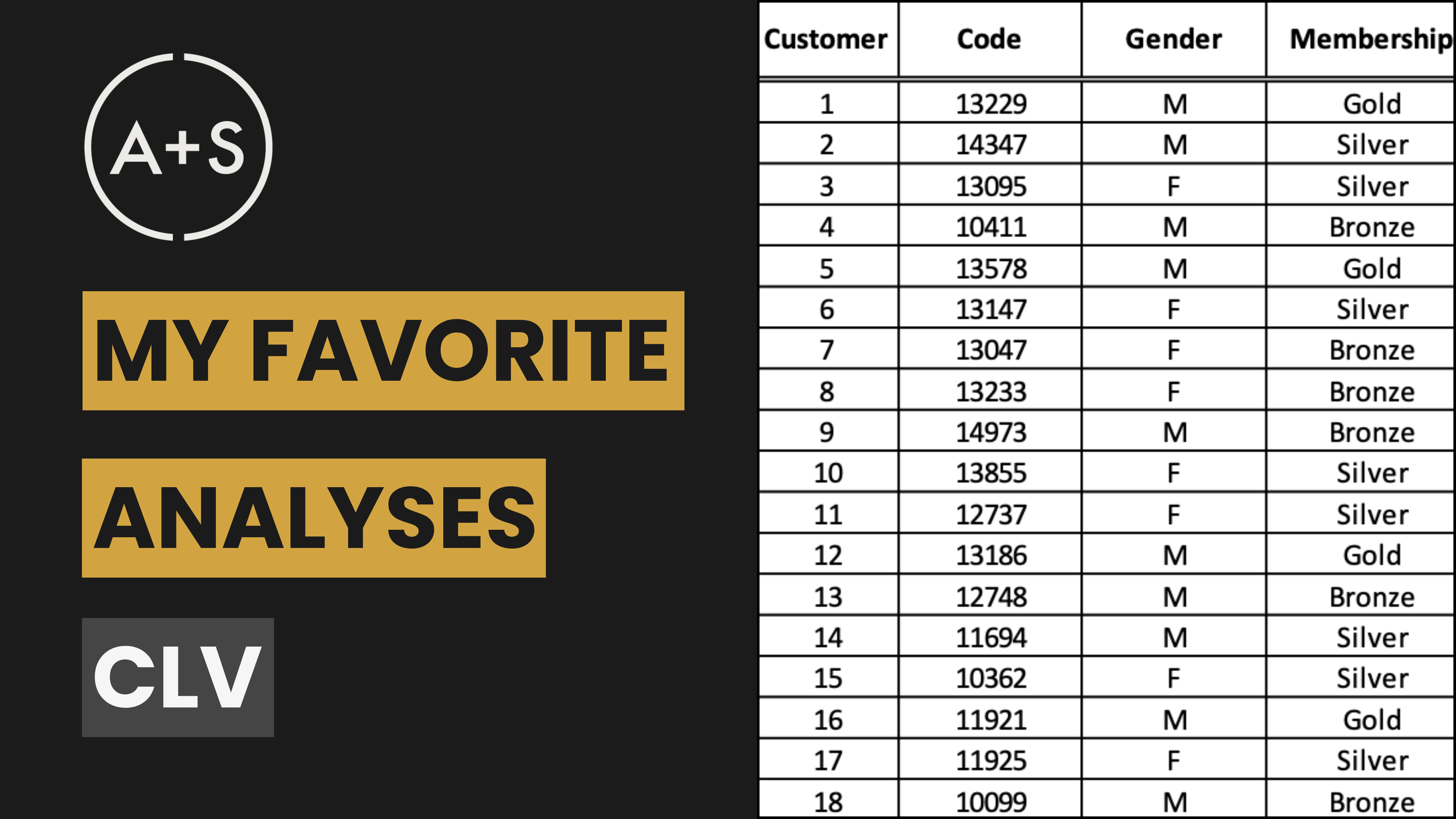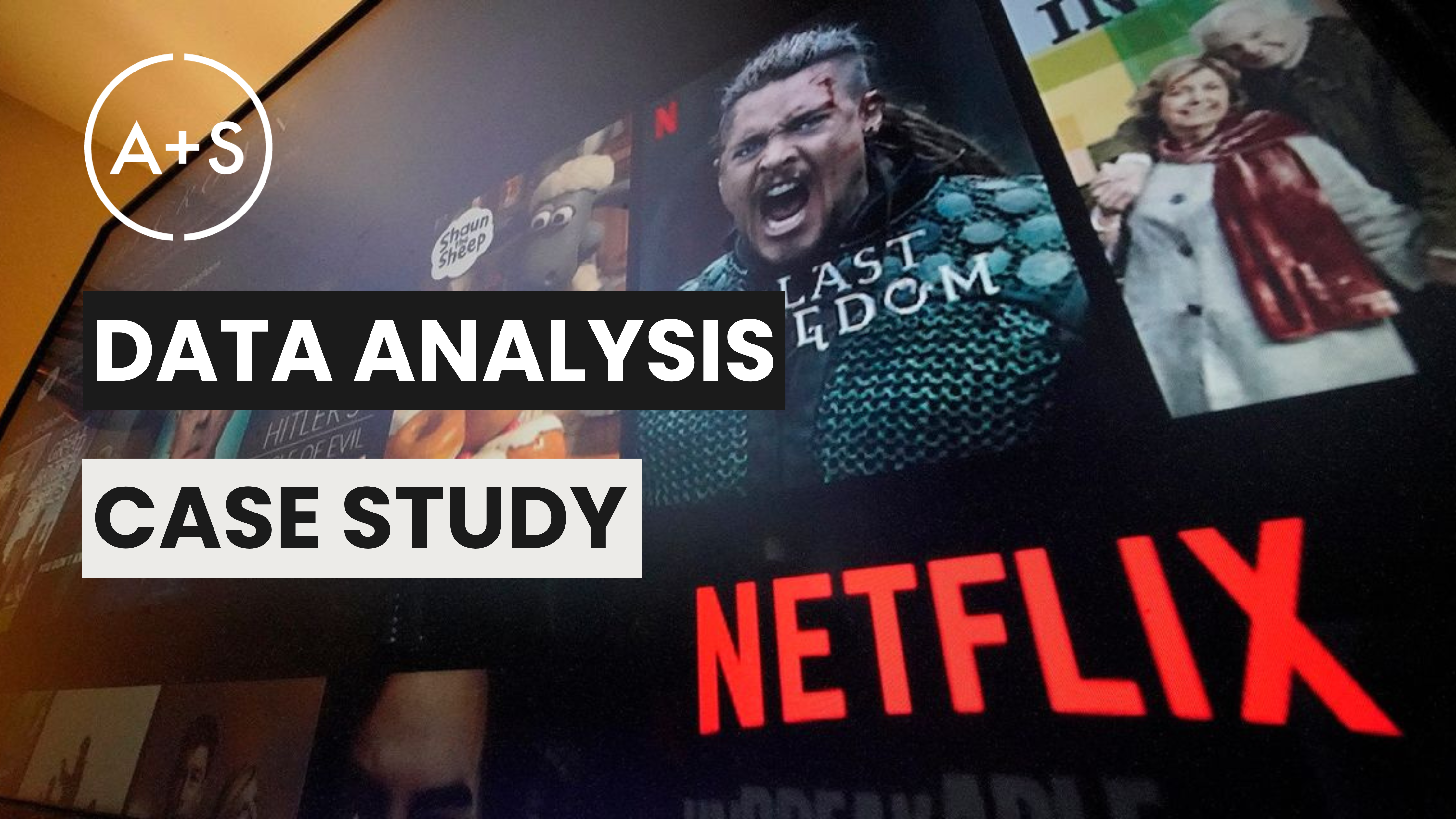The questions we ask inform the data we gather, the analysis methods we use, and in the end, the impact of our findings. A curious analyst is a successful analyst – but an analyst who pairs curiosity with rational, perceptive questions is a Rock Star.
Being good at this means one possesses exceptional logic, the ability to navigate ambiguity, and a talent for interpreting nonverbal cues. While some may come by these skills naturally, others will need to work to develop them. By learning how to manage a few critical questions, any analyst can exponentially increase their impact.
This is a rangy topic, so for now we’ll hit the high points. But, as always, feel free to reach out to me at kevin@artscience.ai if there are specific questions you have.
There are three critical moments when analysts should ask exceptional questions:
-
When uncovering the ‘Ask Behind The Ask’
-
When conducting background research prior to starting a project
-
When formulating a set of vital questions (i.e., your Key Line) to test a hypothesis
Let’s examine each of these instances, understand why questions are crucial at these moments, and identify the type of questions that can lead to success.
The ‘Ask Behind The Ask’: Ensuring You’re Solving The Real Problem
This is the starting point. Those familiar with my work know the importance I place on identifying the root cause of a problem before beginning a project. Undoubtedly, the most crucial skill an analyst can have is the ability to unearth the true issue their stakeholder is facing.
The underlying problem is not always the one your client has presented to you, or the one your boss has asked you to explore. It’s certainly not the one a non-analyst colleague from Sales requested of you. These are what we call the ‘Ask’ – the request to address issues that are typically tied to surface-level symptoms. But the analyst must seek the real motivation behind these requests, which we refer to as ‘The Ask Behind The Ask’.
How do you uncover the ‘Ask Behind The Ask’? Through a series of methodical questions. These are the questions I rely on when approaching an Ask. If I can’t answer them, I know we aren’t ready to proceed.
-
“What are we trying to solve?”
-
“What have we tried?”
-
“What worked?”
-
“Why do we think it worked?”
-
“What haven’t we tried yet?”
-
“Why haven’t we tried those things yet?”
As I work through these questions with my stakeholders, I actively challenge assumptions we may be making and eliminate flawed reasoning influenced by confirmation bias, accessibility bias, anchoring, and other unreliable methods.
Being able to identify the ‘Ask Behind The Ask’ is a crucial skill for analysts. By systematically questioning and challenging assumptions, analysts can sift through surface-level requests to produce solutions that are both perceptive and effective.
Background Research: Embracing The Power of ‘Why?’
In the toolkit of a data analyst, the question “Why?” holds significant power. Despite its simplicity, this one syllable word uncovers deep insights in any analytics endeavor. By asking “Why?”, we not only clarify the underlying reasons behind observable patterns but also make more informed decisions based on solid comprehension.
The potency of “Why?” lies in its ability to go beyond surface-level data. We are often faced with trends, patterns, and data points that appear to tell straightforward stories. But without delving into the “Why?”, these observations may mislead or paint incomplete pictures. By continuously questioning “Why does this trend occur?” or “Why does this data point deviate from others?”, analysts can unravel the deeper mechanisms at work, such as hidden biases in data collection, underlying market forces, or unforeseen impacts of external factors.
The question “Why?” is more than just a simple inquiry – it’s a fundamental approach that enables deeper insight. Getting to the bottom of a “Why?” leads to greater comprehension, fuels our creativity, and ultimately enables analysts to make reliable predictions and recommendations. By consistently incorporating this question into their practice, data analysts unlock higher levels of impact and drive more informed decisions across the organization.
Setting The Key Line: The Timeless ‘Five W’s and How’
The principle of “The Five W’s and How” serves as a foundational framework for thorough investigation. It has been adopted across various disciplines, from journalism to law enforcement and research. This method emphasizes answering the questions “Who?”, “What?”, “When?”, “Where?”, “Why?”, and “How?”, ensuring that all facets of a story are addressed. Its origins can be traced back to Aristotle’s “Nicomachean Ethics,” where he delved into the causes behind human behavior.
During a data analysis project, pursuing answers to these questions ensures comprehensive analysis. In analyzing a marketing campaign, ‘Who?’ explores the audience segment engaging with the campaign. ‘What?’ pertains to the nature of the campaign or specific actions being evaluated. ‘When?’ and ‘Where?’ provide time and location dimensions that can impact marketing efforts. ‘Why?’ delves into the reasons behind customer behaviors or results, offering strategic insights. ‘How?’ focuses on the actions that led to the campaign results, which is vital for replicating success or avoiding past failures.
Yet, not every project will require a deep dive into all of these questions. If an analyst is studying a digital marketing campaign that is run nationwide and is largely uniform, answers to the ‘Where?’ line of questioning might not provide insightful distinctions. Similarly, in time-sensitive analyses focusing on rapid response or real-time adjustments, the ‘When?’ questions might be predefined as “Now!”, limiting the depth of analysis.
The “Five W’s and How” serves as a comprehensive checklist to ensure no potential area of insight is overlooked. Analysts must evaluate the importance of each answer in relation to the story at hand. This assessment allows analysts to allocate resources effectively, focusing on deepening their understanding of the most impactful elements.
4 Things You Can Do To Build Your Question Repertoire
When initiating a data analytics project, several practical steps can fuel your curiosity and enhance your inquisitive nature. These steps will help you formulate questions, differentiating between surface-level inquiries and those that reveal the root causes of your stakeholder’s challenges.
-
Consider your past work experiences. You have likely encountered similar challenges before. What strategies proved successful and which ones fell short?
-
Find parallels within the industry. Look at how other organizations have tackled similar issues and see if there are lessons to be learned.
-
Look outside the industry. If there is no direct match inside your industry, look at what companies in other industries have done to address comparable problems.
-
Read and engage with experts in the field to gain different insights and perspectives.
Effective questioning is vital in data analytics. Analysts should strive to ask insightful questions during the process of uncovering the ‘Ask Behind The Ask’, performing preliminary research, and formulating a critical set of questions. The ‘Ask Behind The Ask’ helps pinpoint the actual problem, while asking ‘Why?’ reveals profound insights, and using the ‘Five W’s and How’ approach ensures a comprehensive analysis. Building a repertoire of questions can be accomplished by reflecting on past experiences, identifying industry parallels, exploring outside the industry, and interacting with experts.




